How to Use Mentor Texts to Teach Content Area Vocabulary, Grammar, and Writing to ESL Newcomers
***Disclaimer: In this blog, the terms ESL students (English as a Second Language), ELLs (English Language Learners), and ML (Multilingual Learners) are used interchangeably. While “Multilingual Learners” is becoming the more widely accepted term, “ESL students” and “English Language Learners” are still commonly used in various contexts. My aim is to be inclusive and clear to all readers, regardless of the terminology they are familiar with.
Are you struggling to scaffold your ESL newcomers’ writing? Do you find it tough to weave content vocabulary, grammar, and writing skills (that are content based) into lessons that are both engaging and meaningful?
If so, you’re not alone—I’ve been there too. Teaching writing, grammar, and vocabulary to English language learners (ELLs) can feel overwhelming, especially when students are still building foundational language skills.
But I’ve found a powerful tool that makes all the difference: mentor texts. Mentor texts have completely transformed the way I teach, making writing instruction more accessible, effective, and enjoyable for my students. Let me show you how!
What are mentor texts and why are they invaluable to ESL students?
Mentor texts are high-quality examples of writing that serve as models for students. These can include children’s picture books, excerpts from novels, short stories, or even well-crafted passages. Mentor texts provide a rich and contextual foundation for teaching writing techniques, grammar, syntax, vocabulary, and writer's crafts (lead, dialogue, internal thinking, "show, not tell") making complex language concepts more accessible and engaging for learners.
What Do Mentor Texts Offer to Our English Language Learners?
- Opportunities for shared language instruction by highlighting sentence structures, common expressions, or author's moves.
- A known storyline or theme that reduces cognitive load, allowing students to focus on language development.
- A springboard for teaching grammar in context (e.g., showing how verbs are used in the past tense).
- Guidance for writing practice by helping students emulate the style and structure of the text.
How I Use Mentor Texts in My Classroom
In my classroom, mentor texts are the backbone of instruction. They help me teach vocabulary, grammar, and writing skills while keeping lessons engaging for ESL newcomers. Here’s how I structure my mentor text teaching cycle:
Building Winter-Themed Vocabulary: Nouns, Verbs, and Adjectives
When I have ESL newcomers in my group—students who have been in the U.S. for fewer than two years—I prioritize building a strong foundation of vocabulary centered around the theme of winter. Vocabulary development is critical for these students as it sets the stage for their understanding, speaking, and writing skills.
To teach winter-themed vocabulary, I focus on three key categories: nouns, verbs, and adjectives.
Word Sorts: Students engage in sorting activities to categorize winter nouns (e.g., snowman, scarf), verbs (e.g., sled, skate), and adjectives (e.g., frosty, chilly). This helps them understand how words function and builds their ability to use them in sentences.
Tracing and Labeling Activities: I provide hands-on activities where students trace winter-themed words or label pictures with the corresponding vocabulary. This tactile and visual approach reinforces their understanding of new words.
Vocabulary Matching Games: We play fun, interactive games where students match pictures with words or pair words with definitions. These games create an engaging way to practice and solidify their vocabulary.
To further support my students, I ensure that all the winter-themed vocabulary is displayed prominently around the classroom on word walls and anchor charts. These visuals serve as helpful scaffolds that students can refer to during lessons or writing activities. Additionally, each student keeps a personal copy of the vocabulary lists and charts in their writing folders, giving them a portable resource they can rely on.
By taking the time to explicitly teach and practice winter-themed vocabulary, I prepare my students to use these words confidently in their writing, conversations, and classroom activities. This foundational step ensures they’re equipped for the more complex tasks of grammar and writing that follow.
Analyze the Text
During planning, I carefully analyze the text to notice its structure, grammar, and vocabulary. For example, if I’m teaching a small moment winter-themed story, I’ll focus on how the author uses vivid verbs and descriptive details such as sensory details (5 senses) to create a sense of time and place.
Graphic Organizers
I design graphic organizers based on the structure of the mentor text. These organizers guide students in identifying key story elements (sequence: beginning, middle, end), 5 WHS, 5 senses and provide a framework for their own writing.
Sheltering Key Language
I introduce key vocabulary and sentence structures from the mentor text. For example, if the text includes the phrase “the snow crunched under my boots,” we explore the word “crunch” in different contexts. I explain that “crunch” is an example of a sound word, or onomatopoeia, which enhances the imagery of the text. To support my ESL students, I provide anchor charts that list other sound words, such as “sizzle,” “whoosh,” and “thud.” Together, we read, pronounce, and discuss these words, brainstorming scenarios where they could use them in their own writing. This helps students connect the vocabulary to their own experiences and stories.

Teaching ELA-Specific Content Vocabulary Explicitly
Mentor texts provide an incredible opportunity to integrate the language of ELA that our students need to succeed in their mainstream classes. By highlighting key content-specific vocabulary and reinforcing it through engaging vocabulary games, we can bridge the gap between language learning and academic success.
At the beginning of this unit, I provide my students with a visual anchor chart that illustrates sometimes abstract ELA concepts in a concrete and accessible way. For example, we explore the term small moments—stories that zoom in on a single event or moment, described in great detail (like building a snowman or making a snow angel), as opposed to big stories that recount a series of events from an entire day.
We also introduce and break down other essential terms, such as:
Leads: Students learn that story beginnings are often called leads, and they frequently start with a description of the weather. Using weather-related sentence starters, students practice crafting their own leads to set the scene for their stories.
Middle of the Story: We discuss how the middle of a small moment story describes what happened with rich sensory details, sound words, dialogue, and internal thinking. This is where students practice using show, not tell techniques to describe emotions vividly and authentically.
These terms—small moments, leads, show, not tell, and dialogue—are crucial concepts that students will encounter in their ELA classes during text analysis. Teaching these concepts explicitly in a scaffolded and visual way ensures that ESL newcomers feel confident and prepared when these terms appear in other academic contexts.
To reinforce this learning, we incorporate vocabulary games that connect to the mentor text. For example, we play matching games where students pair ELA terms (like lead or dialogue) with corresponding images. These interactive activities not only solidify understanding but also make the learning process enjoyable and memorable.
By explicitly teaching ELA-specific content vocabulary in tandem with mentor texts, we empower students to develop the academic language skills they need for success both in language acquisition and in their mainstream classrooms.
Shared Reading and Annotation
We read the mentor text together, annotating key elements like dialogue, vivid verbs, and sequencing words. By breaking down the text, students see how language works within a context.
Grammar in Context
Using the mentor text, I teach grammar explicitly and in context, making it more meaningful and accessible for my ESL students. For instance, I highlight how the past tense is used to recount events in a small moment story, guiding students to recognize its role in storytelling. Together, we practice creating similar sentences based on the mentor text, ensuring they see how grammar functions within a real narrative.
We also explore the concept of regular and irregular verbs, which can often be tricky for English learners. To make this easier, I provide my students with a visual, winter-themed list of commonly used regular and irregular verbs. For example, regular verbs like stack or pull take on the simple “-ed” ending in the past tense, while irregular verbs like build and make change their form entirely (built and made).
Student Writing
Finally, students use what they’ve learned to write their own stories, using the mentor text as a guide.
By the end of the unit, students have mastered winter-themed vocabulary and gained the tools needed to write their small moment stories.
To celebrate their hard work, we conclude the unit with a special celebration where students proudly share their stories with their classmates.
What kind of writing do you do with your English Language Learners?
Would you like to explore this topic more? Check out these two articles?
Happy Teaching and Happy Writing!
ESL Resource Meet
Would you like to receive more tips, tricks and freebies?

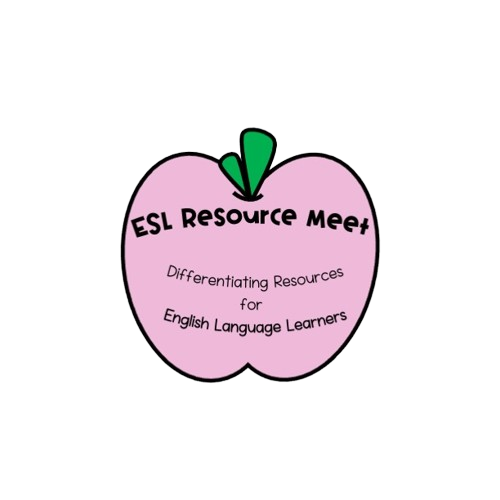


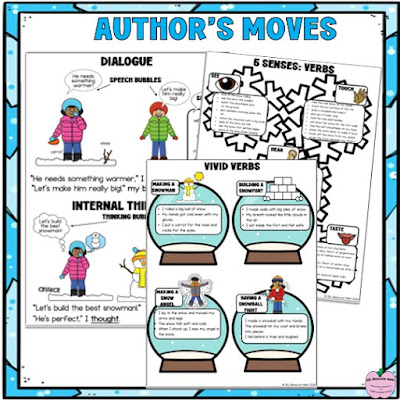











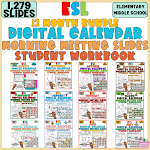


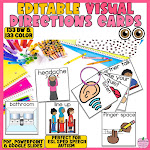













































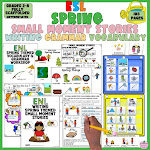




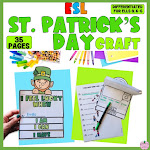
















































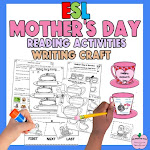
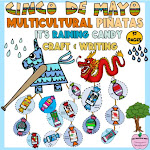
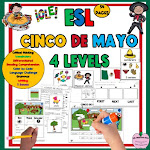
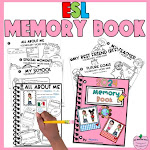




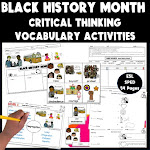
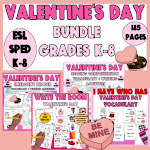
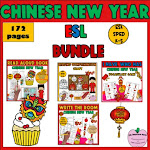

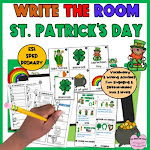
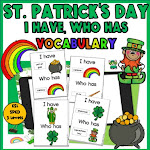
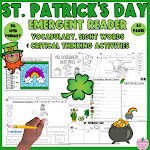



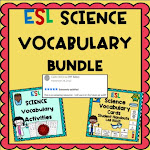




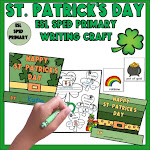

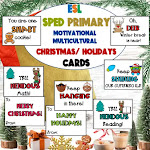


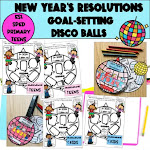
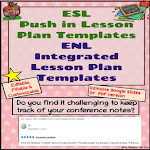




0 Comments